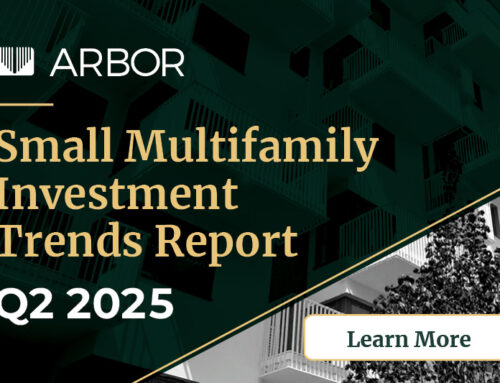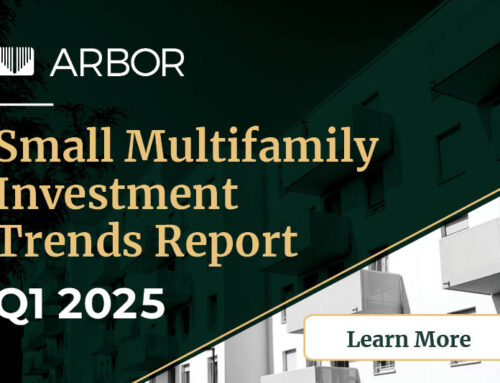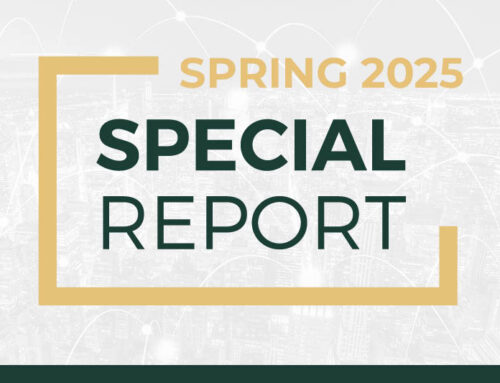This week’s roundup highlights technology’s impact on the multifamily sector, renter migration patterns and baby boomers’ preferences for urban versus suburban living. First, Arbor Chatter discusses how new technologies like artificial intelligence are being incorporated by multifamily owners and operators and the ways in which they’re changing residents’ experiences, based on insights from the recent NMHC Annual Meeting. Next, Apartment List reveals where renters are moving to and from based on apartment searches, with Denver seeing the highest share of searches coming from people living outside of the metro. Multi-Housing News takes a look at Fannie Mae’s 2020 Multifamily Market Outlook report, which notes that consumer spending, job growth and low interest rates are driving a positive forecast for the industry. Then, The New York Times reports that despite popular belief, baby boomers are less attracted to urban living and are instead choosing to live in more suburban areas. Finally, NREI offers examples of cities that are seeing interest from tech start-ups and big firms due to their lower costs of living and more affordable office space, indicating the metros’ potential for multifamily investment.
Top Technology Trends Set to Impact the Apartment Sector
Arbor Chatter – January 24
“While many early technology solutions have been operationally focused, advanced technology like artificial intelligence and data analytics tools now allow owners to focus their efforts on improving the customer experience, panelists noted at the recent NMHC Annual Meeting in Orlando, FL.”
Apartment List Renter Migration Report: 2020 Q1
Apartment List – January 22
“Denver ranks first, with nearly half of searches coming from users who currently live outside the metro. With a thriving job market fueled by a years-long tech boom, Denver continues to attract renters from around the country.”
Fannie Mae: 2020 Multifamily Forecast Bright
Multi-Housing News – January 22
“Multifamily is expected to remain a favored asset class for commercial real estate investors in 2020, leading to possible further cap rate compression, increased sales and higher origination levels.”
The New York Times – January 24
“The big increase in renting and apartment living for this age group has not been in urban neighborhoods. Instead, it has been in suburban rentals, both for apartments and for single-family homes.”
How Looking at a Local Tech Scene Can Help Maximize Multifamily Investment Returns
NREI – January 21
“Cities with a historically strong tech scene continue to be enticing as multifamily investment opportunities for investors hoping to grow their real estate assets. However, not to be overlooked are cities with revitalized urban centers due to the technology industry.”







